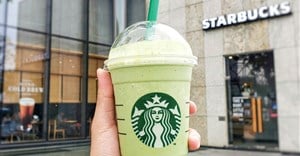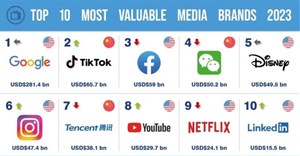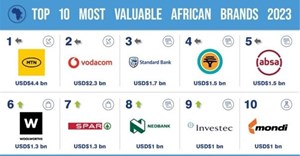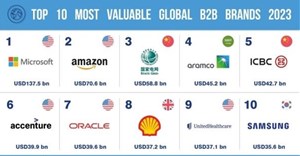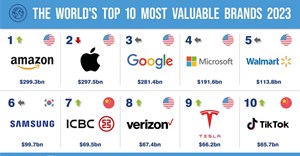Trending




 Sabre EMEA 2024 Awards: Razor PR, Retroviral top SA agenciesDanette Breitenbach
Sabre EMEA 2024 Awards: Razor PR, Retroviral top SA agenciesDanette Breitenbach
Elections 2024
Jobs
- Mid-Level Video Editor Johannesburg
- Content Creator Cape Town
- Account Manager, Producer and Field Producer Parkhurst
- Production Manager Johannesburg
Direct response gives brand value more plug
Companies may have become complacent in their approach to brand building. Above-the-line mechanisms, such as print or broadcast advertising, still predominate, even among some of the brands featuring on the Sunday Times' Top Brands for 2006.
Companies who are doing one-to-one marketing particularly well are those who have laid a good foundation for direct customer communications. Some of these companies may not be Top Brands today, but the majority will definitely be seen on this list in the next few years.
Not all-or-nothing
It's not, however, an all-or-nothing approach. Advertising works well for many brands, and does not need to be supplanted by a direct approach. Proctor & Gamble's former chief executive Ed Artz, for example, has suggested that television, conceivably the most popular medium for getting your message to widest audience, will become narrowcast, with a multitude of channels reaching finely targeted audiences.
Artz' vision is a direct marketing world, where advertising will become integrated and interactive. To increase the value of the contact, the customer will be invited to make a direct response to the advertiser.
Direct customer communication forms a crucial part of the marketing mix, and offers more scope than traditional advertising to build brand value by maximising relationships. This does, however, represent a major challenge for many organisations, if not most, and may require a whole new way of thinking about their business.
Philippe Veron, the former executive vice president of Nestlé, has been supporting direct marketing as a brand-building tool: “Relationship marketing does not replace traditional communication methods such as advertising. It complements them. In every market the leading brand is the brand with the largest number of loyal buyers. Getting to know our main consumers and following them through the various stages of life are highly exciting prospects,” he says. Nestlé South Africa has launched the CRM multi-brand initiative using the primary communication tool of direct mail.
Reflect consistently and obviously
Key to any direct approach is ensuring that all campaigns, whether banner or direct mailers, reflect the brand print consistently and obviously. Virgin Atlantic, for example, maintains its humorous approach to advertising, and everything done to build the brand from a one-to-one perspective carries some of the brand essence.
Companies must satisfy each customer's needs at every interaction, in every channel of contact – from television to the Internet. And do so over the life of each customer relationship. If, for example, you use brand advertising without following through to service level in-store, consumers won't get the full experience of what was promised by the campaign.
Direct communications is very much about being “in your face”, so consumers needs to understand and feel that the brand experience is being enhanced through these initiatives.
When buying a car, for example, the consumer owns the brand. The brand image can be greatly enhanced through a ‘welcome aboard' message, while ensuring the communication conforms to the established look and feel.
If, on the other hand, a consumer never hears from the supplier again, the brand experience is not continued. A one-to-one channel will ensure a relationship is established with the brand, giving consumers a greater sense of confidence, whether this be something as simply as knowing who to contact if something goes wrong. Consumers also tend to be more forgiving with this ‘security' in hand.
Short-sighted
Brands that do not focus their efforts on one-to-one marketing are simply not going to capitalise from a customer loyalty perspective. Banks and cellular network operators in South Africa, for example, still rely heavily on mass communication to reinforce the brand. But, this massive media spend can be short-sighted.
Some brands have been subject to legislation to ‘go underground' with their branding initiatives, but these projects also demonstrate just how effectively a closed circuit database can be used to build on and offer brand value. Smirnoff's underground parties, for example, have become highly popular, and offer a further opportunity for the brand to build out its customer base and interact with them.
The retail industry also offers evidence of one-to-one channel success, with fee-based customer clubs boasting millions of subscribers. Further examples include financial services companies, such as Old Mutual, who demonstrate a good understanding of who each of its customer is, and uses this knowledge to cross-sell other products and services, while continuously building the brand.
People have come to expect a greater brand experience, beyond being bombarded by straight advertising. For the brand, the benefit of “owning” the customer is vast, and ensures customers have emotional equity in your brand, make your brand their first choice, discuss your offering not your price, positively suggest how you can improve and advocate ‘their' brand to others.





